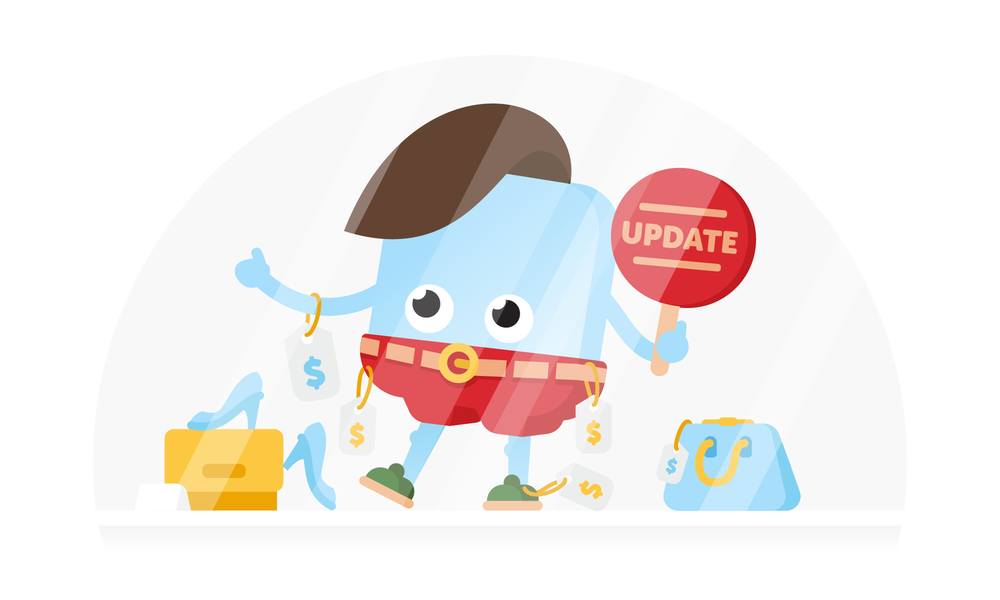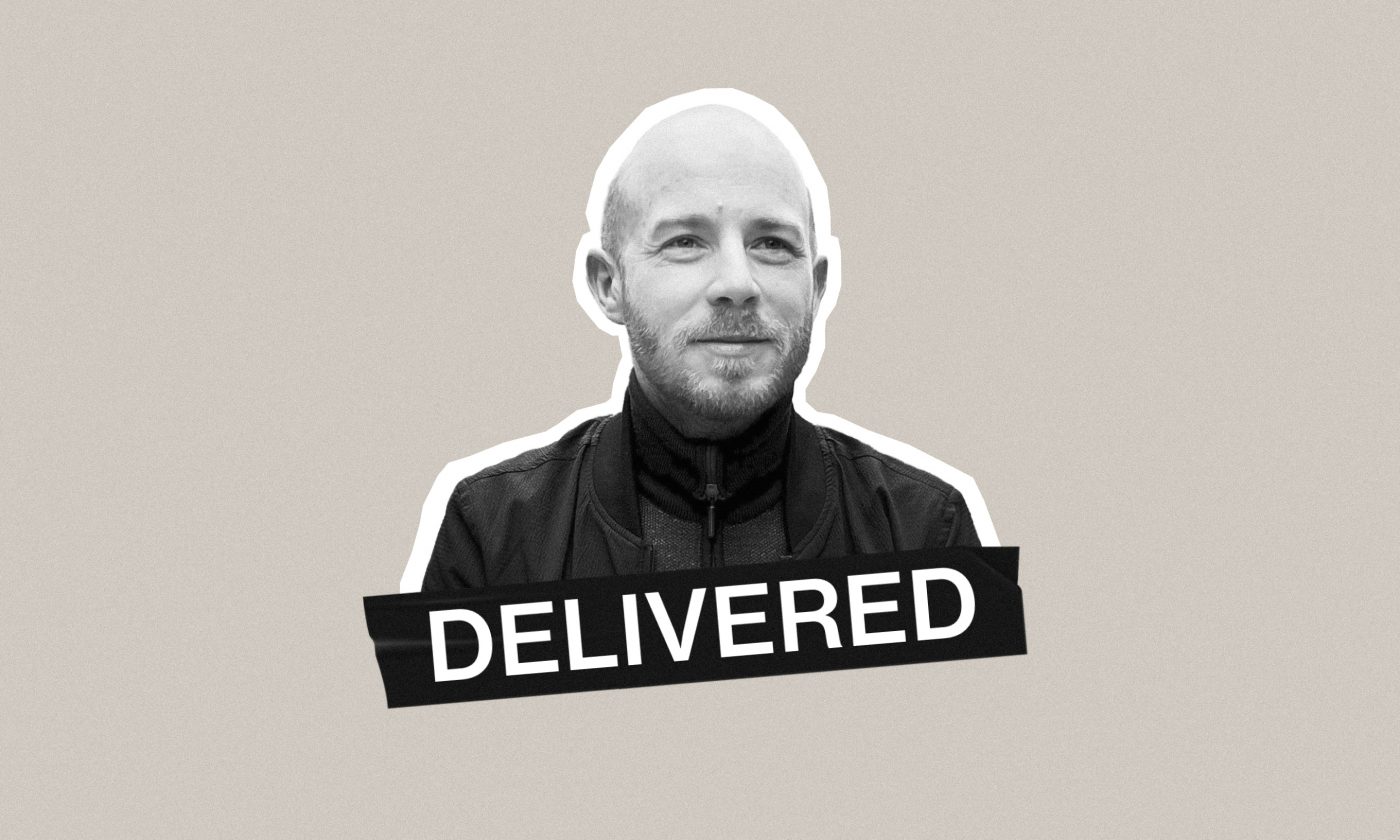Update note, 22 June 2023: When we know better, we do better. There is a new and more thorough version of this blog post that we suggest you check out for our more recent take on the subject: ‘How Much Does it Cost to Make an App?’ – Wrong Question.
When it comes to building an app, the cost is often top of mind for business owners and corporate stakeholders. While apps present significant opportunities that drive efficiency and reach new audiences, they may also come with complex price tags.
Nobody’s keen to invest without a clear understanding of its impact on their bottom line. However, providing accurate cost estimates is rarely as simple as hearing a concept, identifying necessary features, and pricing it out.
Knowing how app development cost is estimated, and how you can best maximize the value, ensures a more straightforward process, for both you and the app development team.
Clutch, a leading B2B research company that reviews, ranks, and compares digital agencies, recently conducted a study of 102 app development companies from around the world. The goal was to better understand the cost of a building a mobile app. The report states that to accurately estimate the value of app development, you must adhere to three rules:
- Plan thoroughly
- Pay close to attention to project specs
- Be flexible
Cost estimates require planning and conversation
Be skeptical of app developers who are quick to provide a fixed quote. Be skeptical too of those who lack curiosity.
App development is a technical process with many moving parts, especially for larger projects. A price estimate will usually require a pre-research or discovery stage to accurately estimate cost unless you are asking for the simplest of apps. If you are unfamiliar with this process, take a look at how we approach research & discovery.
According to Clutch, nearly 70% of app development companies require a pre-research or discovery stage before moving forward with a project. These “workshops” typically include market research, user interviews, competitive analysis, and prototyping, among other exercises. The goals in this phase are to clarify the purpose of the app, identify target users, establish the feature set, write a technical specification and build a development timeline.
Moving forward with your app concept without a proper discovery phase can lead to confusion, missed objectives, and unexpected costs.
Not all features are created equal
Let’s say you have a list of the features you want your app to have: push notifications, search, a payment system, etc. Can each of these features be assigned a price tag? The answer is a resounding, “No!”
Any feature can vary greatly in price, depending on the exact specifications of your project. A while ago, we even wrote an article how Android development takes longer than iOS. Times have changed since we first published that article.
For example, basic push notifications are typically easy to implement. But in some cases, there could be dozens or even hundreds of possible notifications, and even more potential destinations. Consider Facebook’s push notifications. Notifications can be sent for a wide variety of reasons and can send the user to any number of places. Complex mapping and logic like this can easily drive a price tag through the roof.
Here’s a survey excerpt we found particularly interesting. For example, Clutch found nearly 70% of app development companies reported push notifications as costing less than $5,000 to build. Push notifications are thought of as a simpler feature and typically aren’t too complex to build. However, one company reported push notifications as costing as much as $50,000 – $100,000 to build.
Integrations often add a lot of complexity to an app. Take Instagram’s Boomerang app that relies solely on user’s camera and native sharing functions. An app like this is far less complex than say, an average mobile banking app.
The latter needs to be more secure and has to be able to fetch all kinds of data from the server, and this is done through an API. API’s take time to implement, and building custom APIs usually costs significant amounts of money because they demand extra development time.
On the other hand, these features invisible to the end-user can determine the success of a digital product.
Building a great app is like building a home, you get what you pay for. If your goal is to create a simple application that serves a basic need, you probably don’t need to invest a ton of money. But, if you are looking to build a more complex, visually appealing, and scalable product, the necessary planning, design, coding, and testing hours will require a significant investment.
Flexibility is key
Ultimately, you must be somewhat flexible when it comes to app development cost.
During the discovery stage, you may realize the app will require more investment, in both time and money, than you originally thought. It happened more than once that our clients shifted focus after we presented them with all our research findings.
Even further down the line, during development and testing, the project can pivot in a way that might affect the original plan. Nobody’s fond of scope creeps, and it takes expertise and understanding to see a complex project through.
Some companies may only provide a range, based on the time and talent needed for a larger-scale app project. Being comfortable with that range helps reduce your stress and ensures a satisfying end product.
A good partner also helps you stay within your budget by conducting thorough discovery workshops, establishes a clear roadmap and communicates regularly. For that reason, it’s wise to invest some time in choosing the right agency. After all, you’re after a long-term partnership, not a one-night stand.
Know that you know more about the cost structure, you may wonder how much time it takes to build an app. If you’re keen to find out more, consider reading this article by my colleague.










